Skywatcher Evoguide 50ED Review
- Tommy Benn
- Jul 29, 2023
- 3 min read
Updated: Aug 1, 2023

Pros | Cons |
Small & Lightweight (0.90kg) | Requires Field Flattener |
Cheap compared to other apochromatic telescopes | Helical Focuser can be a bit fiddley |
Sharp colour corrected stars with very little aberrations. | Comes with guidescope rings rather than tube rings |
Here is my review on the Skywatcher 50ED as a Imaging scope, rather than a guidescope.
The 50ED has a focal length of 242mm and therefore suitable for widefield astrophotography. It also boasts ED (Extra low dispersion) glass. One glass element is the famous FPL53, which is known to dramatically reduce Chromatic aberrations.
After using cheap Achromatic telescopes and low cost camera lenses, I decided to purchase the Evoguide 50ED as a gamble. Not many astrophotographers were using it as an astrograph at the time and there was not many image examples online. Now there is a community behind it. For just over £200, it is one of the cheapest apochromatic refractor telescopes on the market.

The first image I took with the Skywatcher 50ED was the dumbbell nebula in 2021. I was still very much a beginner at this point and was learning how to process my images, however I was blown away that a small guidescope could take a dim and distant deep sky object.
One thing I did realise though is the amount of field curvature there was. I had to crop my image quite a lot to hide the curvature. All refractor telescopes suffer this, but being a 50mm guidescope, the curvature was strong. Thankfully there were 2 field flatteners on the market. One by Skywatcher and one by Starizona.


Although Skywatchers dedicated flattener is the cheapest of the two, it is not suitable for a DSLR. Due to the limited backfocus of 17.5mm, the Skywatcher flattener is only suitable for dedicated Astro cameras. The Starizona EVO-FF has a back focus distance of 55mm, this means it is suitable for APS-C DSLR Cameras. The price of the flattener is half the price of the scope, however it is a necessary upgrade and you will not be disappointed.

I have now realised that the Skywatcher Evoguide 50ED has cost me just over £300. Still cheaper than other Apochromatic refractors though, as most refractors require field flatteners. For a while I was using a cheap uncooled Planetary camera (Altair GPCAM3 178c), but I was still achieving better results than a DSLR and Lens. I even managed to capture the famous comet C/2022 E3 (ZTF).

At this point I was not autoguiding so I could only take exposures of about 40 seconds before I noticed star trailing. The 50ED did not have any bracket to attach a guidescope and because the 50ED is intended to be a guidescope, it had guidescope tube rings. This meant the scope was not secure and if the camera end was too heavy, the scope could technically slip out of the guide rings. I needed to find a way to attach a guidescope and find more secure tube rings. I found that Starizona did a clamshell bracket for the 50ED. That would solve the slipping issue, but it did not have any bracket for a guidescope. Thankfully there are a lot of 3D printing nerds out there that can make one for you, provided you give them the measurements. I did also find a seller on eBay that made custom tube rings and brackets for the 50ED (result!)
Ok the tube rings and bracket cost me around £40 and that would bring the overall cost me £350.00, but it was still one of the cheapest astrographs on the market. I was now able to attach a guidescope and guide camera to my setup and imaging sub exposures of 300 seconds!

I now had a complete imaging rig that weighed less than 4kg! This means it would be suitable for budget mounts such as the Skywatcher AZ-GTI or Skywatcher EQ3 Pro mount. The Skywatcher 50ED was un-stoppable. I was able to take decent images of Galaxies and nebulae.
My overall conclusion of the Evoguide 50ED is that it is definitely worth the price of £350 (including the additional accessories).

The 50ED is versatile, you can image galaxies, nebulae, the moon, sun (with a solar filter) and comets! The field flattener and tube rings are important, but you can gradually upgrade your setup. The Evoguide is still capable of imaging without them. A DSLR will work with this setup but I personally use a reasonably priced uncooled astro camera. I look to upgrade to a cooled dedicated astrophotography camera soon.
I do not think I would ever part ways with the Evoguide 50ED. Even if I miraculously had enough money to purchase a £1000+ astrograph, the 50ED would remain a companion. Perhaps as a guidescope for the new £1000+ astrograph or a widefield imaging scope if the upgraded scope had a much larger focal length.
So...
Should you purchase the Skywatcher 50ED Guidescope? Yes. Yes you should.
Thank you for reading :)
I would be very grateful if you could support me on my Ko-fi Page. Click Here



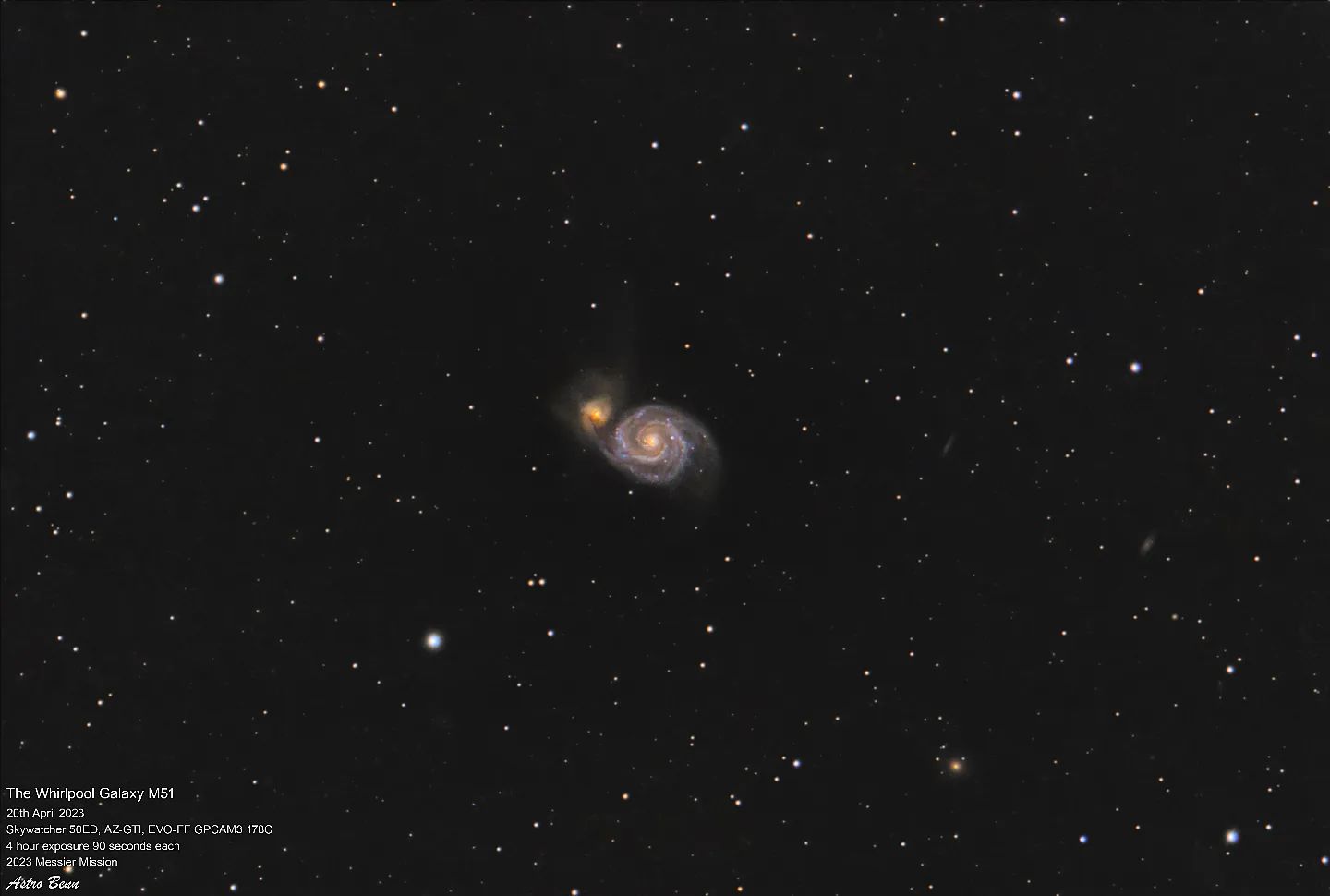
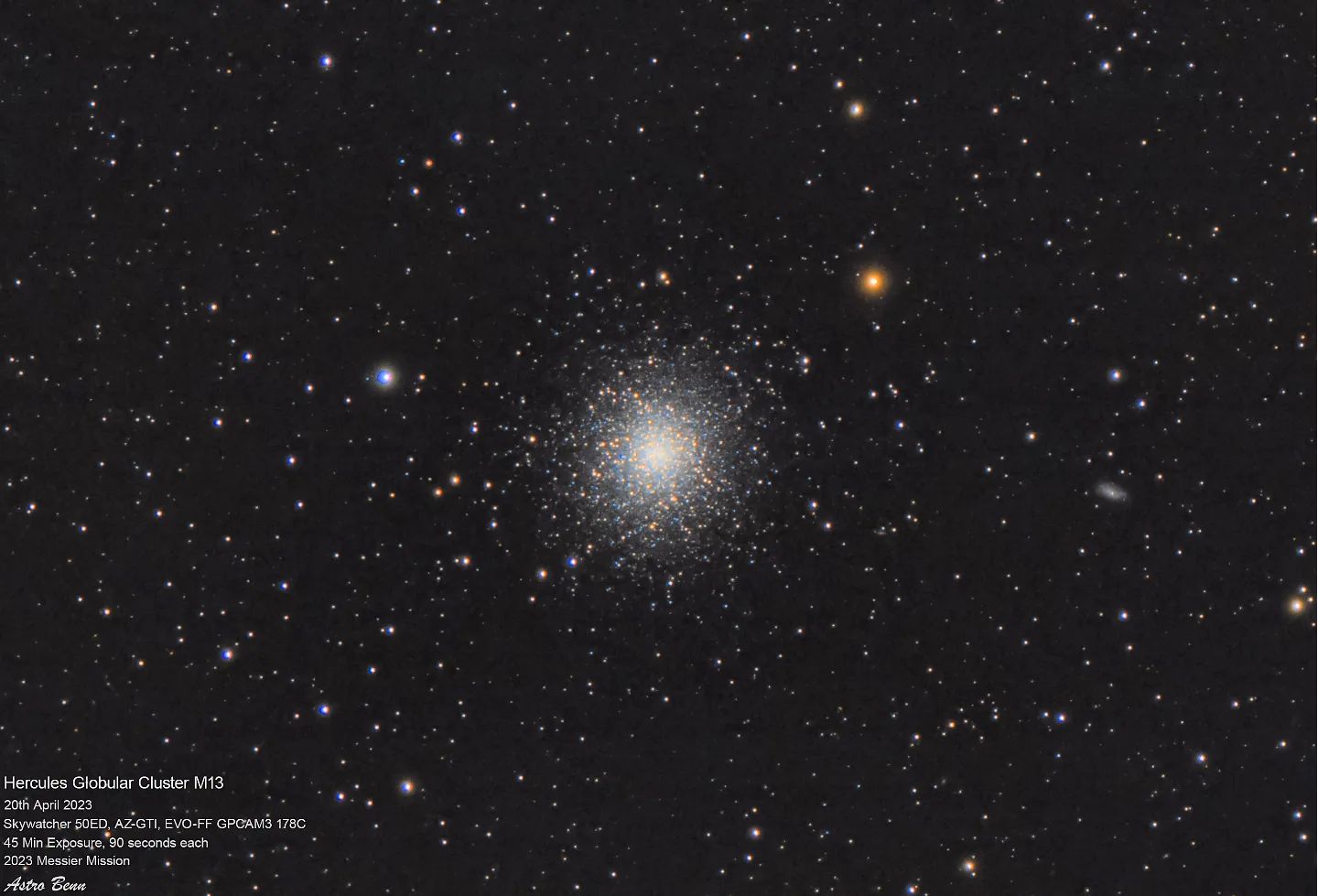
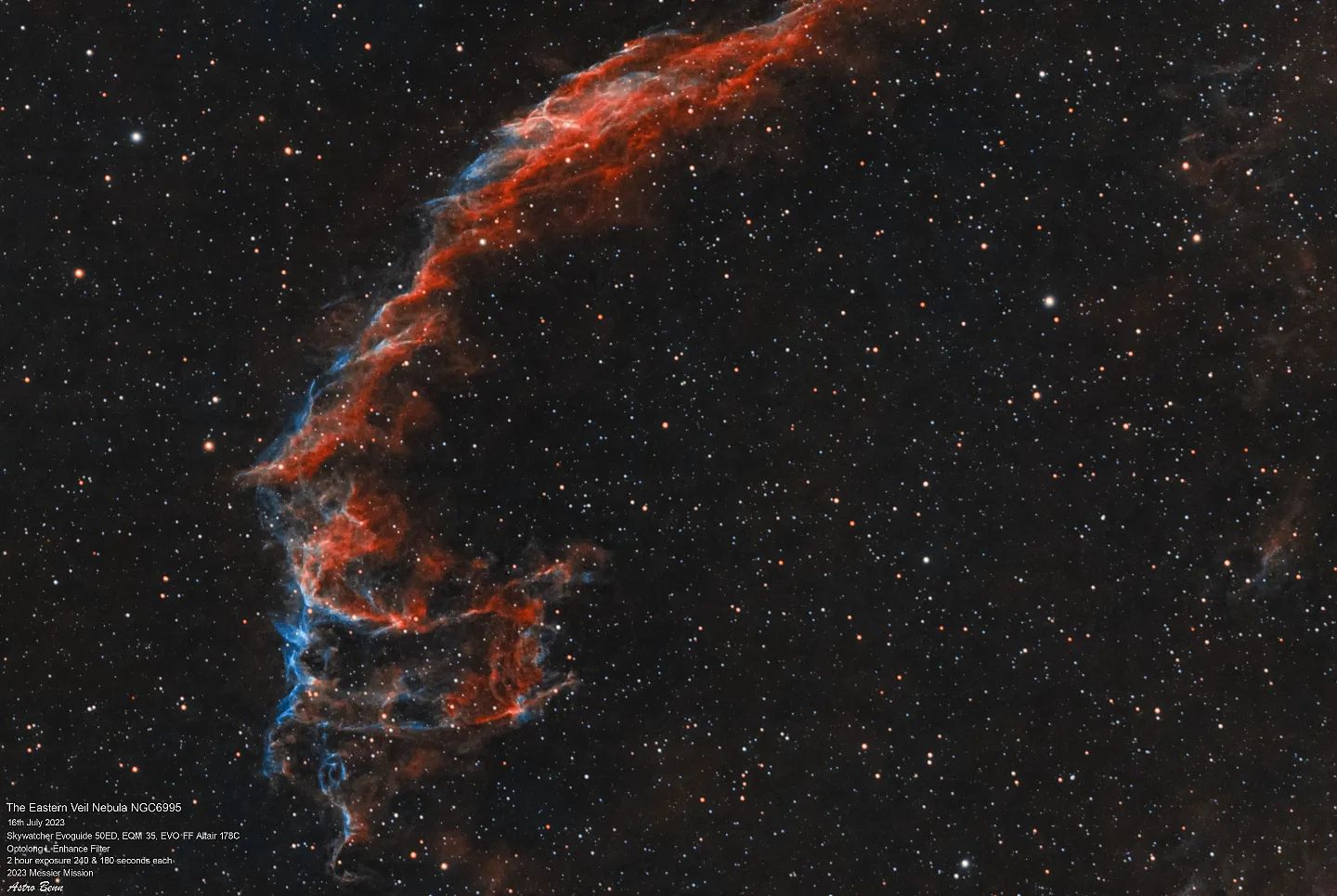
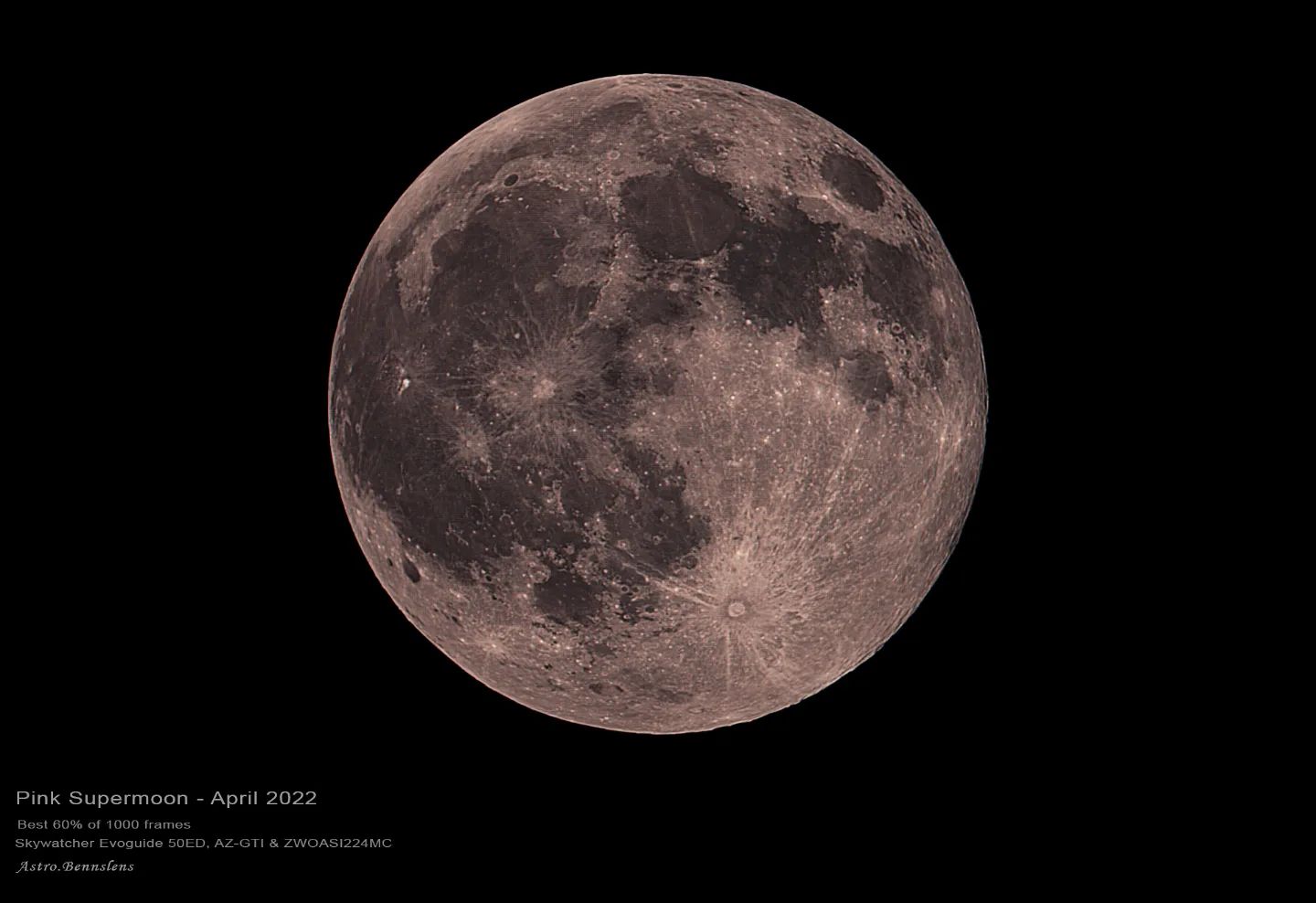


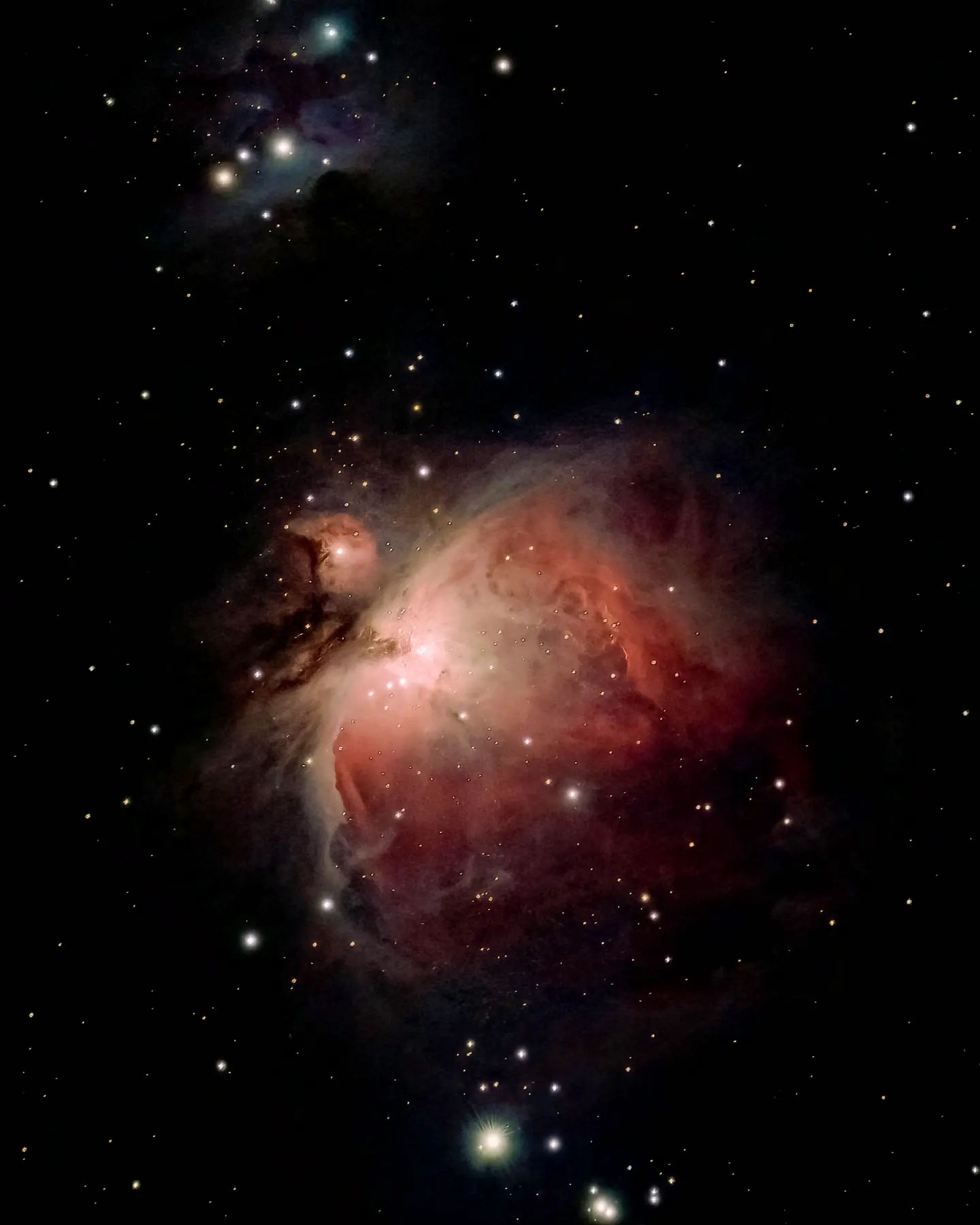



Comments